“If you’re in the classroom and constantly hunting for your own inspiration, it comes through. It’s hard to motivate others when you’re operating that way.”
Vance Farrow has been teaching art for 25 years, a professor at Herron School of Art & Design at IUPUI since 2002. But in 2009, his life as a visual artist needed to be renewed. He longed for time to focus on himself and his art and time to recharge from a demanding schedule.
“I had been putting a lot of energy into my classroom as a professor, doing exhibitions and trying to make tenure. There was this immense pressure of trying to perform as opposed to just being an artist. I really needed a chance to reconnect with being an unfettered creator. Just make things to make them.”
Then, a colleague told him about the Lilly Endowment-funded Creative Renewal Arts Fellowship.
“I wanted to get far away, far enough away from home that I would be able to see things about my home that I’d never noticed before. I wanted to see the small differences in day-to-day life. I needed new perspectives and to witness different kinds of human experiences,” Farrow said. “The Endowment’s fellowship allowed me to have that.”
The Creative Renewal Arts Fellowship program, administered by the Arts Council of Indianapolis, reflects a core belief of the Endowment’s founders: grantmaking should nurture the human spirit. Because religious faith was important to the Endowment’s founders, they understood the value of sabbath rest and the power of sabbaticals — times set aside to replenish physical, emotional, intellectual and spiritual resources.
In 1987, the Endowment began the Teacher Creativity Fellowship Program to help individuals working in Indiana K-12 education take time away from their work for reflection and renewal. With the success of this program, the Endowment, in 1999, developed a renewal program for pastors in Indiana and across the United States. That same year, the Endowment worked with the Arts Council to establish the Creative Renewal Arts Fellowship program. In 2002, a renewal program was established for human service workers, and in 2007 for youth workers.
After receiving word that he had been awarded a fellowship, Farrow contacted a friend born and raised in China, which seemed like the perfect place for Farrow to immerse himself in another culture. “Seeing China is like seeing America’s past and future at the same time,” Farrow said. “Some places are like capturing moments amidst an industrial revolution with all of the cranes and building taking place. We did venture to both rural and urban areas. We went to their Silicon Valley equivalent and some more obscure places most people here haven’t heard of — places where some people have never seen a tourist before.”

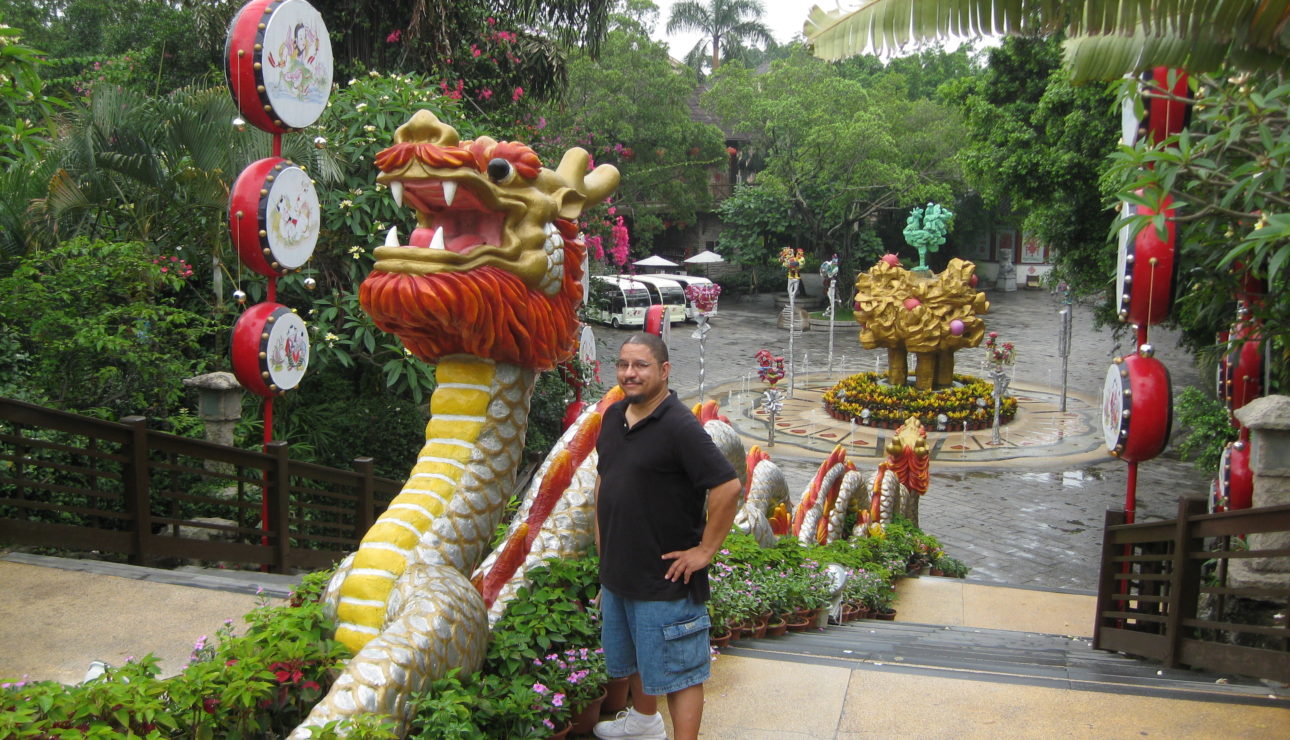
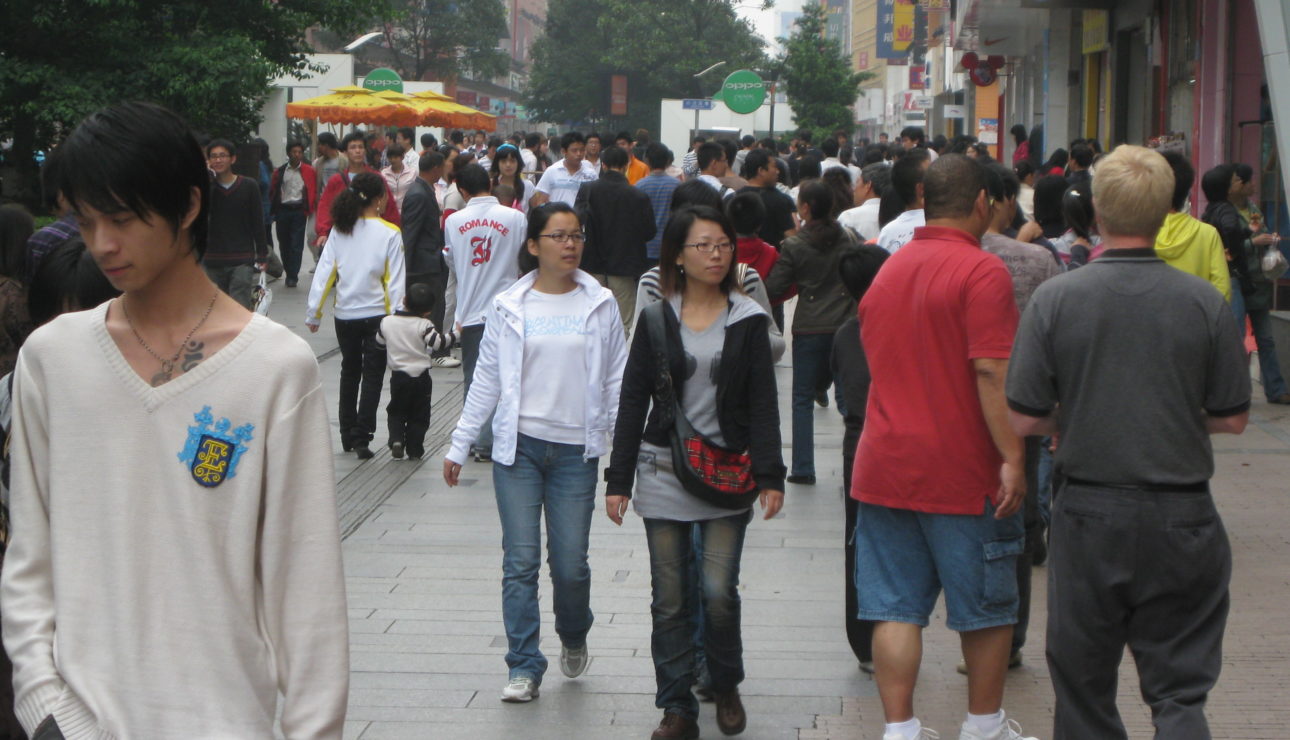

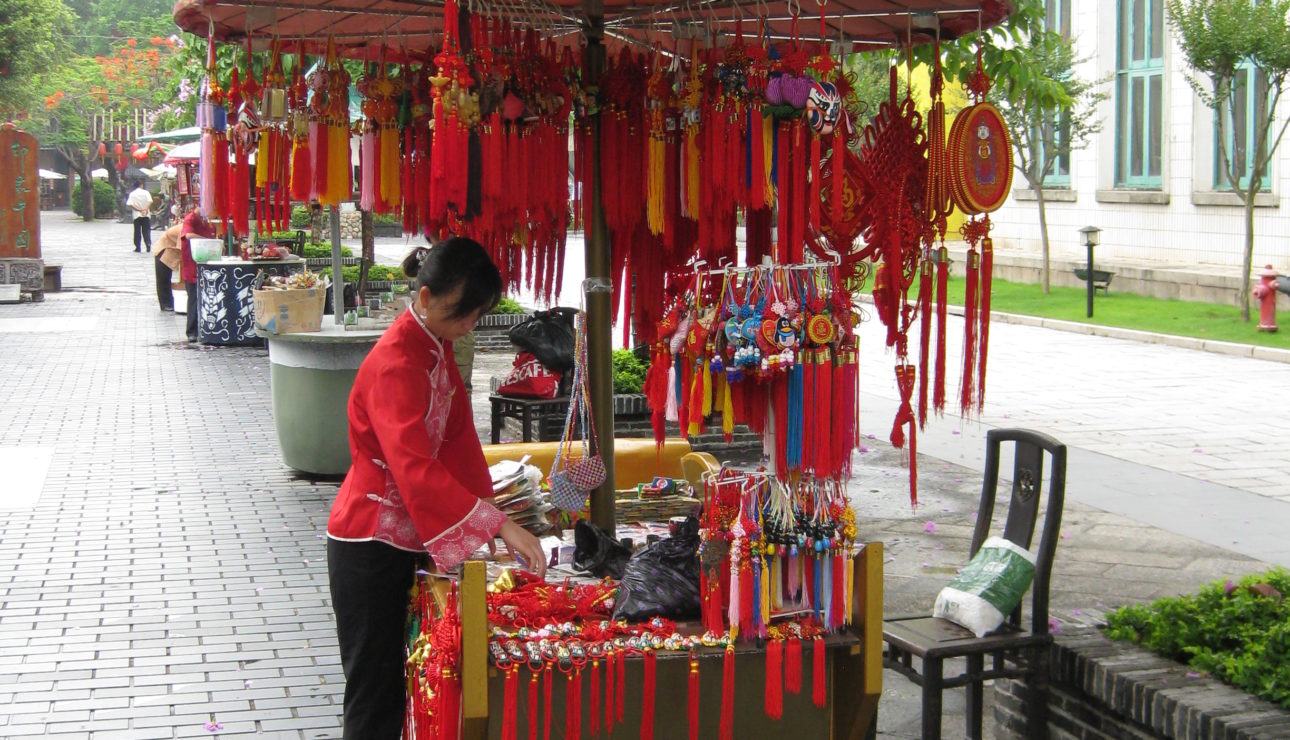

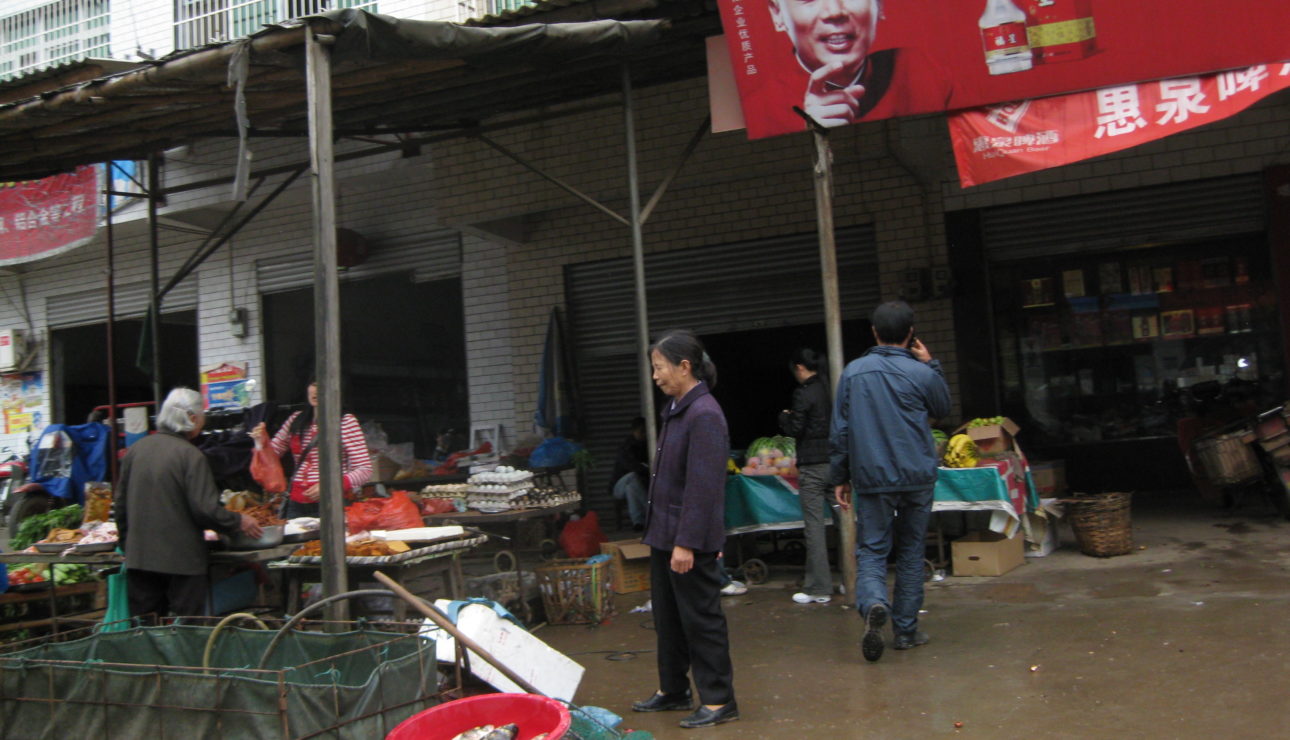
Farrow works in the style of photo-realism, using parts of original photographs and experimenting with light and contrast. He prefers to extract a small snippet of a photograph for his work, rarely using an entire image. “Images I’ve enjoyed working with the most are the ones I’ve had to decipher more, remove pieces away, and move them around, like a puzzle. I’ve always been interested in the technical skill of high realism. I enjoy the state that I need to be in to create it.”
It was an approach he used to create a series of drawings from more than 1,000 photographs that he’d taken during his trip.
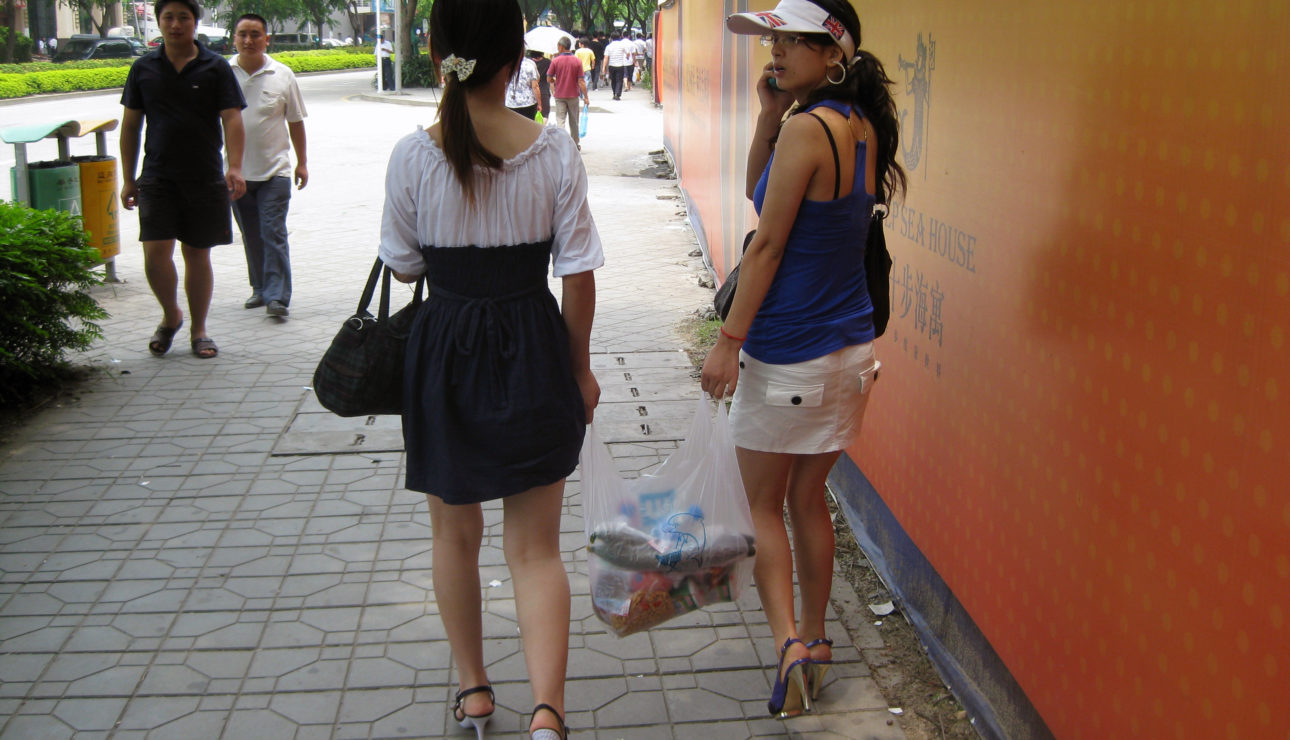
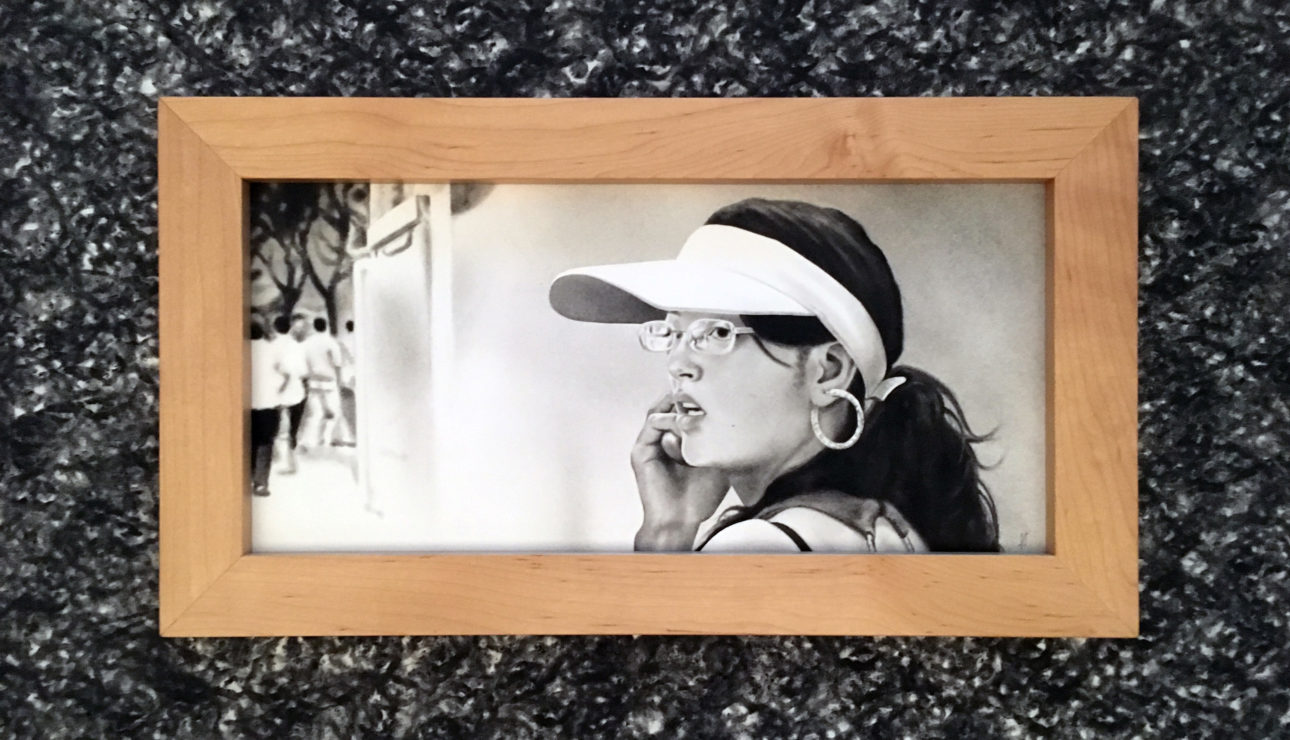
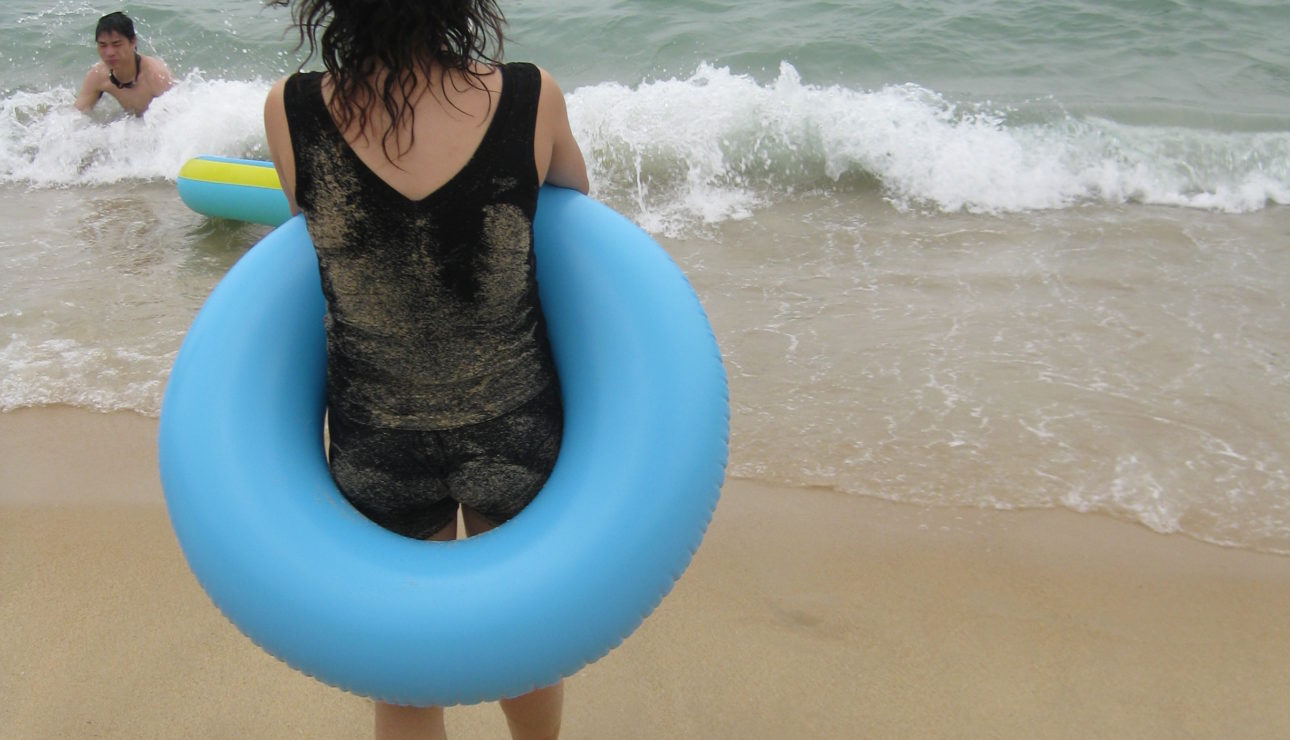
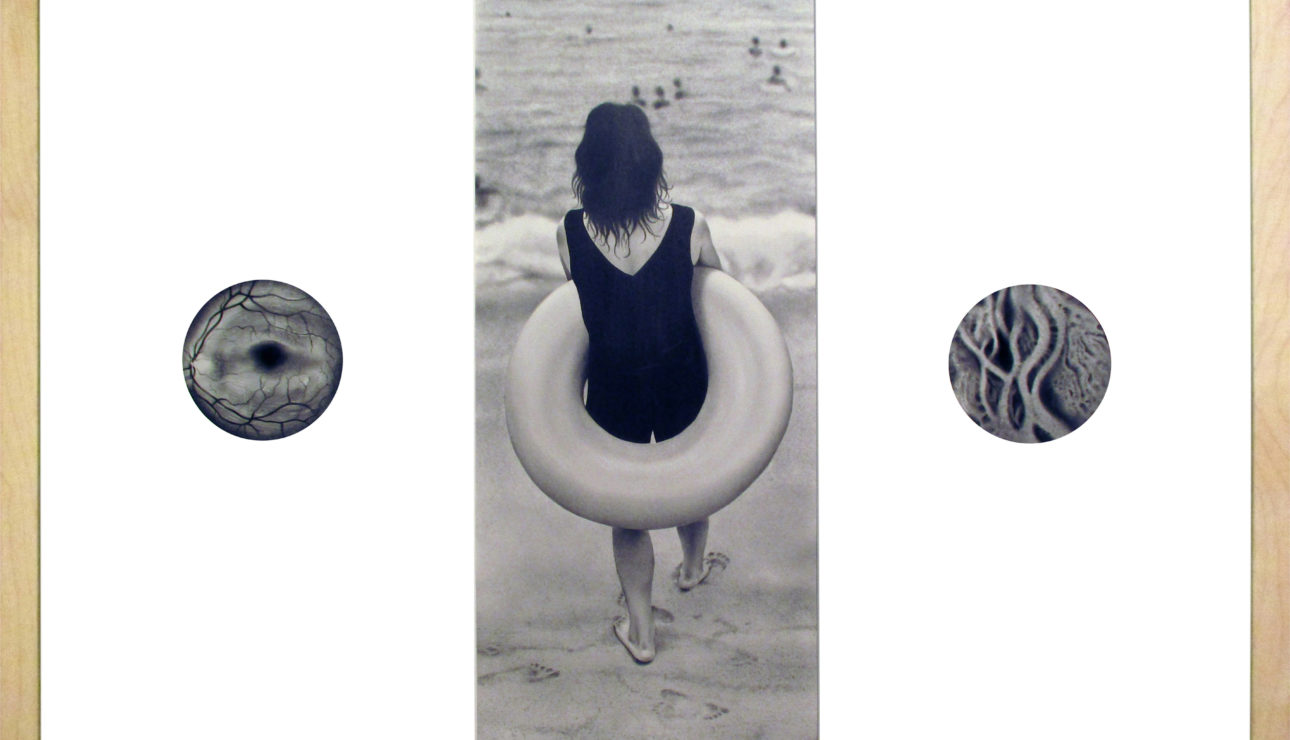
Farrow finds his inspiration through small interactions and unscripted moments of daily life. While traveling, he enjoyed observing contrasts and similarities, and the instances when he’d be reminded of something from back home that would be done differently in China. “For instance, when two people leave a grocery store with a full bag, each person will hold one handle of the bag to share the load,” Farrow said. “Their culture, by its very nature, is more communal. It’s like a collective how they inherently work together.”
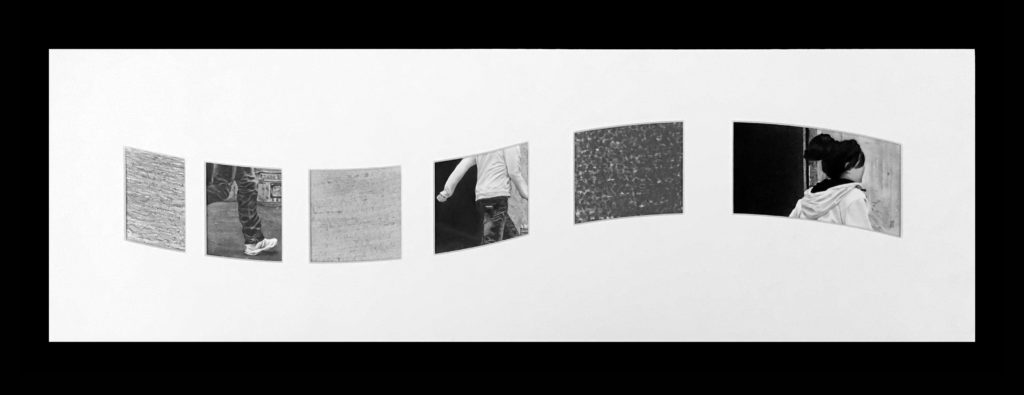
“She Ran”
The experiences from the Creative Renewal Arts Fellowship were like “pouring fuel on a fire.”
“When I returned from my trip, my transformation transferred most through my tone. I didn’t learn a new teaching trick but there was a difference in the way that I would express things and explain things, the metaphors I used. It did make me a better teacher. And ultimately, it lifted me up when I was down. I came back refreshed, motivated and inspired.”
When asked if he had any advice for artists or arts administrators who could benefit from this fellowship opportunity, he offered encouragement. “At least try, at least give it a chance.”
“Some people say they don’t know if their work is good enough or they don’t have a good enough idea for a proposal. I say, give it a shot even if nothing comes from it. I was still young and up and coming when I applied. It’s easy for a person to feel not worthy. This can help them breakthrough that mentality.”
The Creative Renewal Arts Fellowship awards forty $10,000 fellowships every other-year to qualified professional artists, or an arts administrator employed by a nonprofit organization. Since its launch in 1999, more than 450 grants have been awarded, totaling more than $4.1 million.